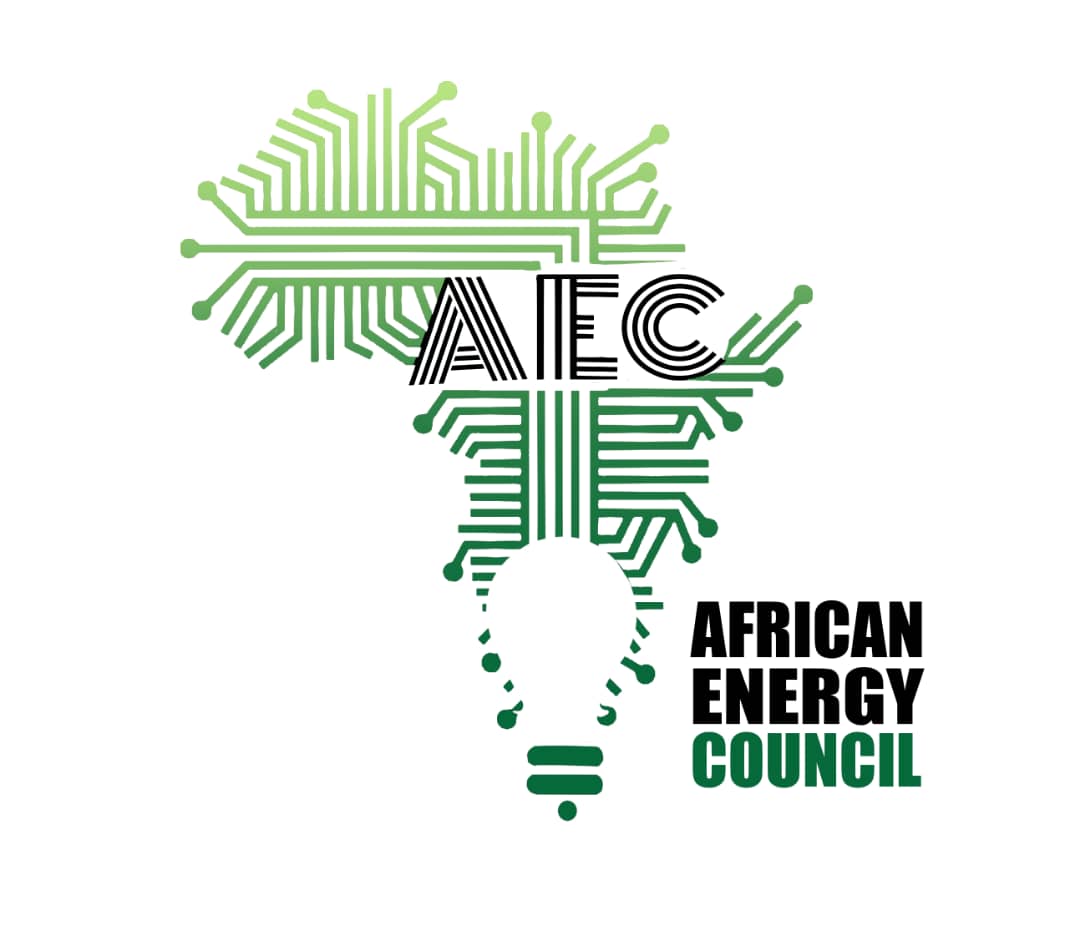Following the signing of three agreements for the project on Tuesday, work on a floating solar farm in Seychelles is anticipated to start this year.
The largest saltwater floating solar plant in the world will have been constructed by Seychelles once it is finished.
The seven-year-old project will see the installation of a 5-megawatt photovoltaic system in the lagoon at Providence, on the eastern coast of Mahe, and will help Seychelles come closer to its zero-emissions goal.
The agreements for the project were signed in a ceremony on board the Energy Observer, which is a floating photovoltaic laboratory and an official partner with the French renewable energy company Qair.
In fact, of the three agreements signed, one was between Seychelles government and Qair for government support on the project, and another two — a power purchase agreement and grid connection agreement — were signed between the Public Utilities Corporation (PUC) and Qair.

